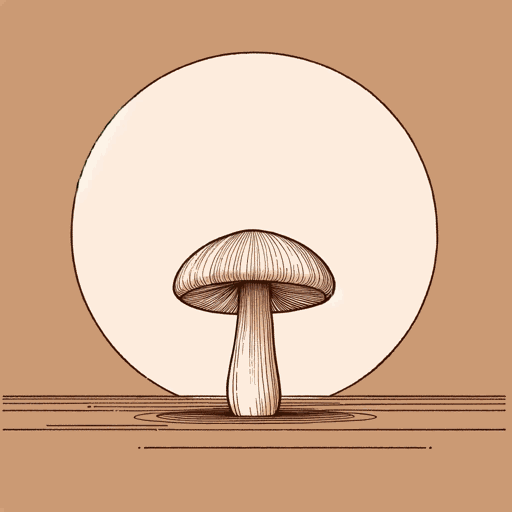75 pages • 2 hours read
Anna Lowenhaupt TsingThe Mushroom at the End of the World
Nonfiction | Book | Adult | Published in 2015A modern alternative to SparkNotes and CliffsNotes, SuperSummary offers high-quality Study Guides with detailed chapter summaries and analysis of major themes, characters, and more.
Before You Read
Summary
Preface
Prologue
Part 1, Introduction
Part 1, Chapters 1-3
Part 1, Interlude 1.1
Part 2, Introduction
Part 2, Chapters 4-7
Part 2, Interlude 2.2
Part 2, Chapters 8-10
Part 2, Interlude 2.3
Part 3, Introduction
Part 3, Chapters 11-13
Part 3, Chapters 14-15
Part 3, Chapters 16-17
Part 3, Interlude 3.3
Part 4, Introduction
Part 4, Chapters 18-19
Part 4, Chapter 20 and Conclusion
Key Figures
Themes
Index of Terms
Important Quotes
Essay Topics
Part 3, IntroductionChapter Summaries & Analyses
Part 3: “Disturbed Beginnings: Unintentional Design”
Part 3, Introduction Summary and Analysis
Tsing recalls meeting with a respected forest researcher and conservationist in Japan, who she calls Kato-san (the suffix “san” is an indicator of deference and respect in Japanese). She is surprised to discover that his plans for reviving forests require intervention, and “disturbance” specifically, replacing existing trees with pine so that matsutake can return (151). This stands in contrast with the American ideology that nature must always be left alone to recover. Kato-san’s plan, while meticulous, was also reliant on contingency and encounter: “[H]e wanted to help it along by creating a certain kind of mess: a mess that would advantage pine” (151). Humans are not obstacles to this work, but a part of it. Rather than occupy the top of the hierarchy, “Humans join others in making landscapes of unintentional design” (154).
Landscapes are not passive: they have their own observable populations and actors, just as human societies do. Tsing declares, “Matsutake forests are gatherings that build and transform landscapes. This part of the book begins with disturbance—and I make disturbance a beginning, that is, an opening for action. Disturbance realigns possibilities for transformative encounter” (154). Tsing’s word choice here is deliberate; “gatherings” are usually considered social, but inanimate mushrooms also participate in them.

